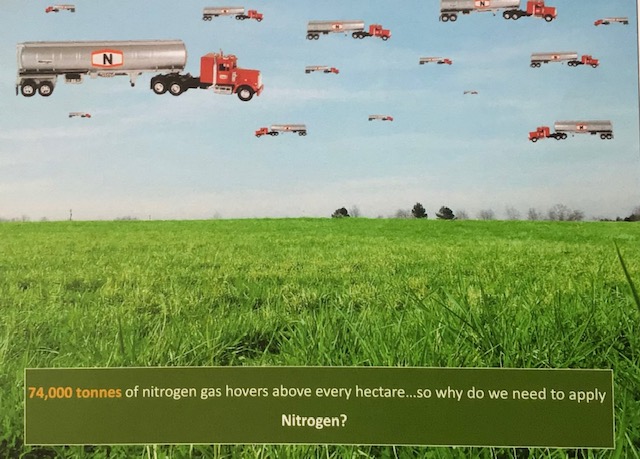Fertilizer technology has come a long way since its invention in 1840/42 by Justus von Liebig. Today, the use of fertilizers is widespread and seen as a crucial component of modern agriculture. However, while fertilizer technology has changed and evolved since its invention, it still holds significant implications for the environment and human health.
In the early days of fertilizer technology, it was viewed as a revolutionary tool for boosting crop yields and improving the quality of soil. Justus von Liebig’s discovery of the importance of nitrogen, phosphorus, and potassium in plant growth laid the foundation for the modern fertilizer industry. However, as fertilizer technology has advanced, so has our understanding of the dangers associated with its widespread use.

Fertilizer factories, once seen as simple providers of essential nutrients for crops, have now become a source of pollution and environmental degradation. The production and use of fertilizers have been linked to groundwater contamination, air pollution, and the release of greenhouse gases. Furthermore, the use of fertilizers has also been associated with a decline in soil health, as they can alter the natural balance of nutrients and promote the growth of harmful bacteria and pests.
As we move into the future, it is important to critically examine the role of fertilizers in agriculture and their impact on the environment. The continued use of fertilizers may be seen as a necessary evil by some, but it is crucial that we consider alternative methods of maintaining soil health and boosting crop yields. By exploring new and innovative approaches to agriculture, we can create a more sustainable and environmentally responsible future.
In conclusion, the evolution of fertilizer technology since its invention by Justus von Liebig has been significant, but it is clear that there is still much work to be done. By rethinking the way we approach agriculture and soil health, we can create a future that is healthier for both the environment and those who rely on it.